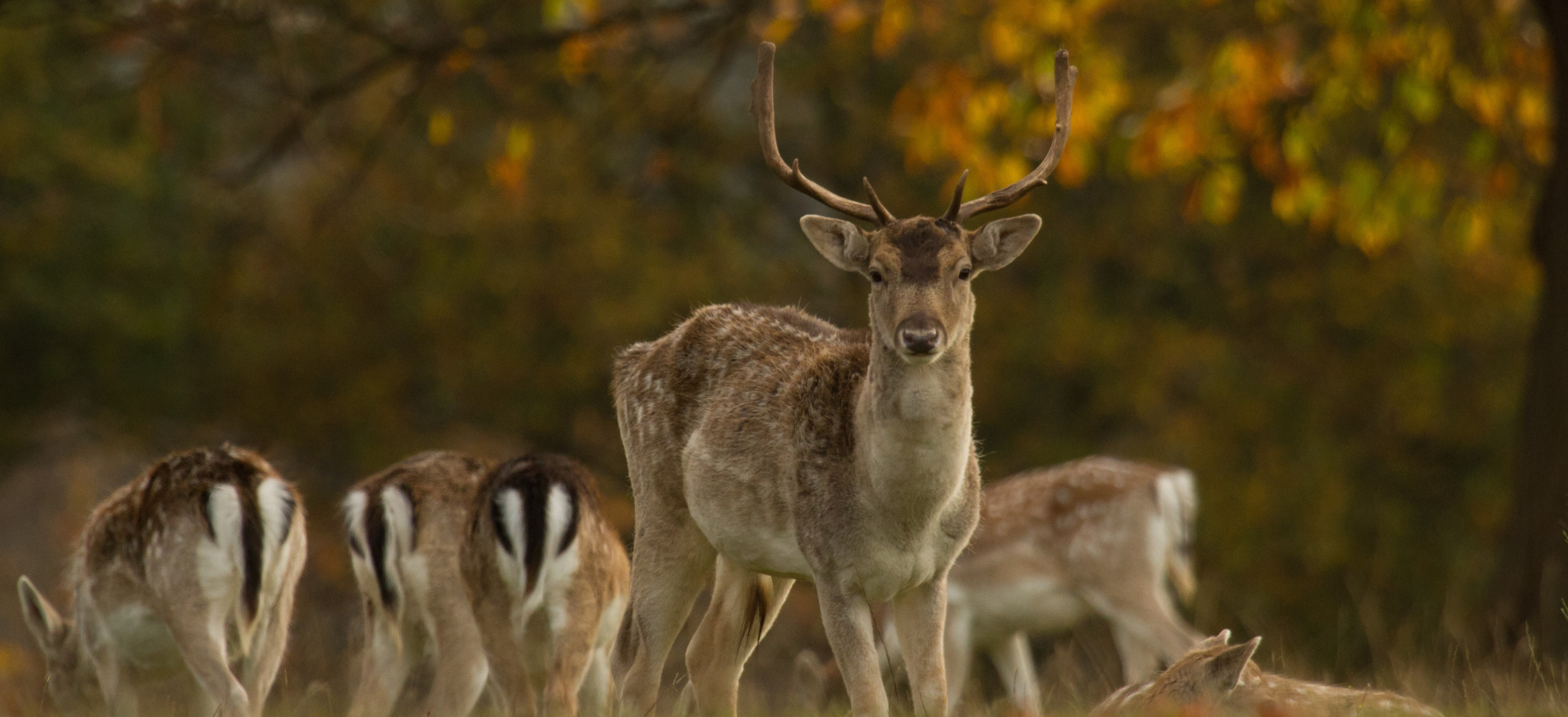Ancient origins of fallow deer should inform conservation

New research has revealed the hidden cultural histories of modern populations of fallow deer, dating back to the Neolithic period, which should be factored into decisions around their management and conservation.
Oldest DNA sample from UK
Research, undertaken in partnership with University of Exeter, combined genetic data with archaeological and historical records to build a picture of how fallow deer have been translocated by people through history.
Using several hundred DNA samples extracted from both modern and archaeological deer specimens around the world – including the oldest sample so far sequenced from the UK at 130,000 years old – the team generated an evolutionary history ‘tree’ for the animal.
The work revealed that fallow deer have been repeatedly moved to new territories by humans, often as a symbol of colonial power or because of ancient cultures and religions.
New historical insights
The results show that the animal was first introduced into Britain by the Romans and not the Normans, as previously believed.
British colonial links during the 17th-19th centuries also played a key role in spreading the deer around the world, including the Caribbean island of Barbuda, where fallow deer are the national animal.
The animal’s strong association with Greco-Roman goddesses Artemis and Diana, for example, would have driven much of its movements around the Mediterranean during the Bronze Age, Iron Age and Roman period.
These findings give new insight into origins and the spread of fallow deer.
Conservation considerations
The team argue that this repeated translocation, largely as symbols of cultural power means that, today, fallow deer challenge the limitations of conservation and environmental labels of animals as ‘domestic’, ‘wild’ ‘endangered’ and ‘invasive’.
This has implications for conservation policy, which is often based on contemporary understanding of an animal’s status, such as how and when it was introduced.
While many species may legitimately be labelled as invasive, this research shows that this is not true of all translocated populations. Instead, some are critically entangled with human history and might offer valuable cultural heritage or a conservation resource.
Find out more
- Read about the work of Dr Karis Baker and Professor Rus Hoelzel who lead this study for Durham University.
- This research was funded by the Arts and Humanities Research Council.
- The study is published in two new journal papers, the first in Nature Scientific Reports and the second in PNAS.
Biosciences at Durham
Our Department of Biosciences is a leading centre for this increasingly important area of study and is ranked 4th in the UK in The Guardian University Guide 2024. Students develop a wide range of analytical and practical skills that prepare them to meet these challenges we face across the globe including food security, sustainability and the impact of climate change.
Feeling inspired? Visit our Biosciences webpages to learn more about our postgraduate and undergraduate programmes.
Durham University is a top 100 world university. In the QS World University Rankings 2024, we were ranked 78th globally.
Image credit:
Luke Saddler

